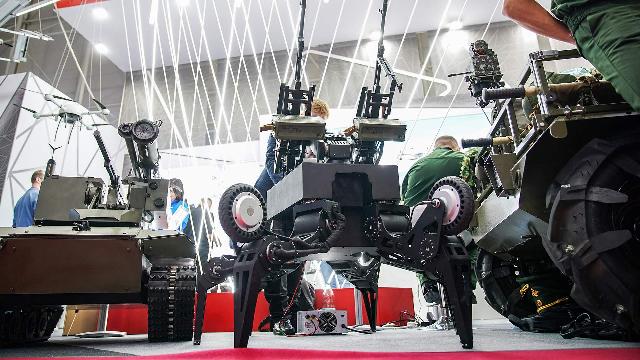The new development can move over rough terrain twice as fast as a human
A walking combat robot has been developed in Russia. He moves off-road with the help of six legs. At the same time, he "walks" twice as fast as a human, reaching speeds of up to 10 km/ h. On flat areas, the device can move on wheels. According to experts, however, the main tasks of such platforms today are not combat, but auxiliary, they can be indispensable for delivering goods to the front line.
A robot has been developed for driving over rough terrain
In Russia, a walking platform has been developed that is capable of moving off-road on "paws". It can reach speeds of up to 10 km/h.
— In general, the platform is assembled on almost all domestic hardware, that is, the design and all the boards that are currently on it are of domestic production, — a representative of the developer company Applied Robotics told Izvestia.
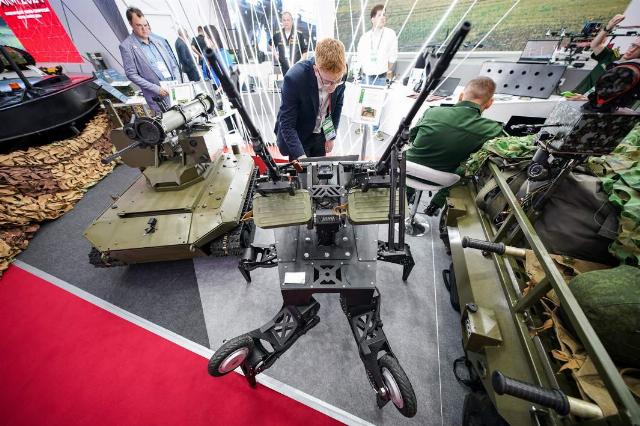
Photo: IZVESTIA/Sergey Lantyukhov
Image source: iz.ru
A full battery charge is enough for autonomous operation for up to five hours. The robot can walk up to 50 km in a straight line.
— The camera provides vision for the operator, and he controls the platform using the remote control. Also, algorithms for auto—targeting are implemented for this model, that is, regardless of whether the operator controls the tower, the device can automatically aim at a priority target, " explained the representative of the developer.
After the system is aimed at the target, the operator remains to make a decision on the use of weapons.
The range of communication with the operator to control the device is one and a half kilometers.
According to the developer's representative, different weapon systems can be adapted to the platform — a machine gun, a grenade launcher, a flamethrower. If necessary, civilian modules can be equipped — it all depends on the specific task.
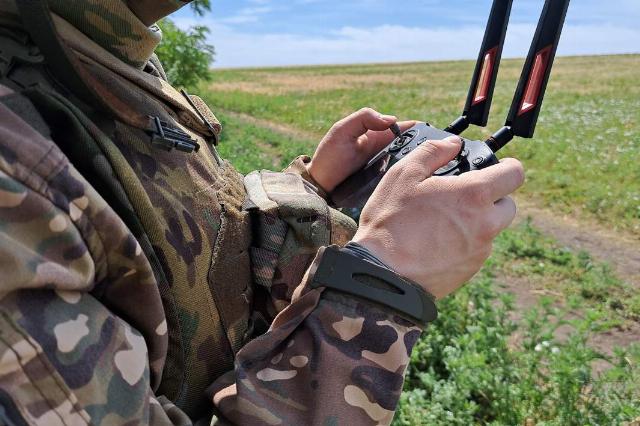
Photo: IZVESTIA/Dmitry Astrakhan
Image source: iz.ru
The platform can also transform, remove the "paws" under itself and stand on wheels.
That is, on a flat road, the robot can ride on wheels, and if rough terrain has begun or an obstacle needs to be overcome, it gets on its "paws".
— Further developments will be equipped with an increasing number of necessary sensors that will ensure full autonomy of this platform. Also, potentially, if it turns out to create a sealed case to protect all electronics from water ingress, then it will also be able to theoretically move underwater. Of the additional modules, you can also change the width of the legs so that it does not fall through on looser soils — this will increase the cross—country ability of the platform, " said a representative of the developer.
The design of the walker needs to be checked
The idea of a walking chassis is interesting, but needs to be tested, according to military expert Alexei Leonkov.
— The walkers have not yet been distributed. Because their application on a hard surface gives one result. On the ground, in conditions of muddy conditions, it can give a completely different result," he noted. — As an idea, it's interesting. But any idea must be tested — either at the training ground or on the battlefield. And if it proves itself well, then it should be adopted.
According to the expert, the main limitation of robotic complexes is the power plant and it is not always possible to recharge the battery in the field.
— Perhaps such a device can be used to protect objects. But this should be checked by practice and operation," Alexey Leonkov added.
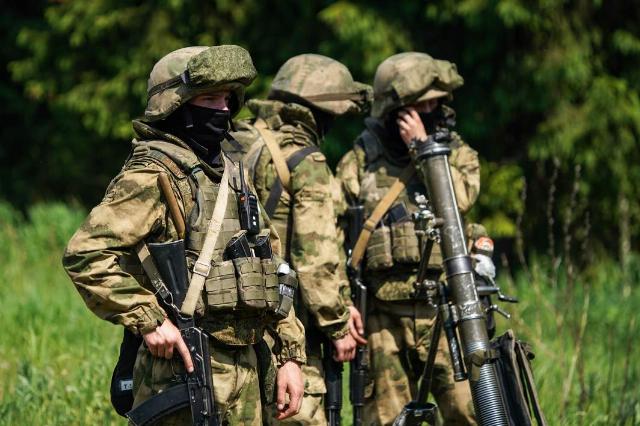
Military personnel of the Armed Forces of the Russian Federation
Image source: Photo: IZVESTIA/Sergey Lantyukhov
So far, the main use of such systems is more auxiliary: carrying cargo, additional ammunition, medicines, and water through dangerous areas, military expert Yuri Lyamin told Izvestia.
— This is the primary task of such developments, — the expert noted. — They are used where it is desirable to reduce the number of people, and the loss of devices is not as critical as the loss of military personnel. Ground-based combat platforms are now being actively developed around the world. But if we talk specifically about combat use, there are problems with communication, because it is more difficult for the radio signal to spread on the ground due to obstacles. Therefore, such platforms are more often used as auxiliary platforms for cargo transportation. People already carry a lot on themselves, because robotic platforms are designed to be carried from the nearest rear to the front line, where the danger of drones is especially great. Now the main need for such drones is precisely to perform such tasks.
Earlier, Izvestia reported on the creation of a new robotic complex for mine clearance in Russia. It has already been tested at landfills near Novosibirsk. The complex is capable of detecting explosive objects both on the surface of the earth and in the soil layer. It includes an aerial drone and a ground-based sapper robot that work in pairs. Following the results of the UAV flight, the sappers receive a photoplane — a digital panorama of the area made up of a large number of high-resolution photographs. The images obtained with its help make it possible to see mines on the ground and even in the grass. Magnetometers suspended under the drone allow you to find magnetic anomalies in the earth's interior.
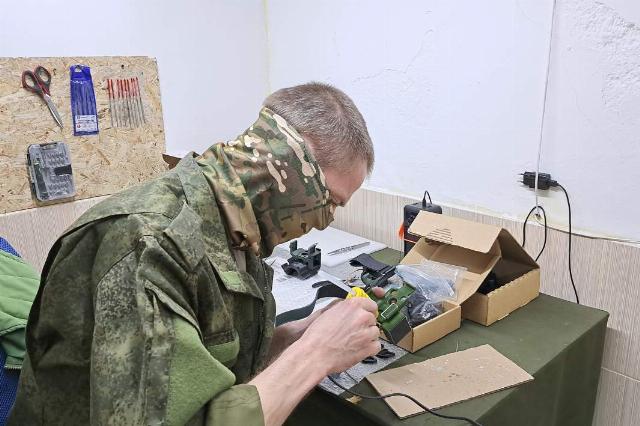
Photo: IZVESTIA/Dmitry Astrakhan
Image source: iz.ru
After that, a ground-based robotic platform equipped with a rotary mechanism that grinds the soil to a depth of 10 cm will enter into operation. The platform creates safe passages for mine clearance specialists. Thus, the risk to the life and health of sappers is significantly reduced, and the efficiency of their work increases several times.
Roman Kretsul
Vladimir Matveev
Andrey Fedorov
